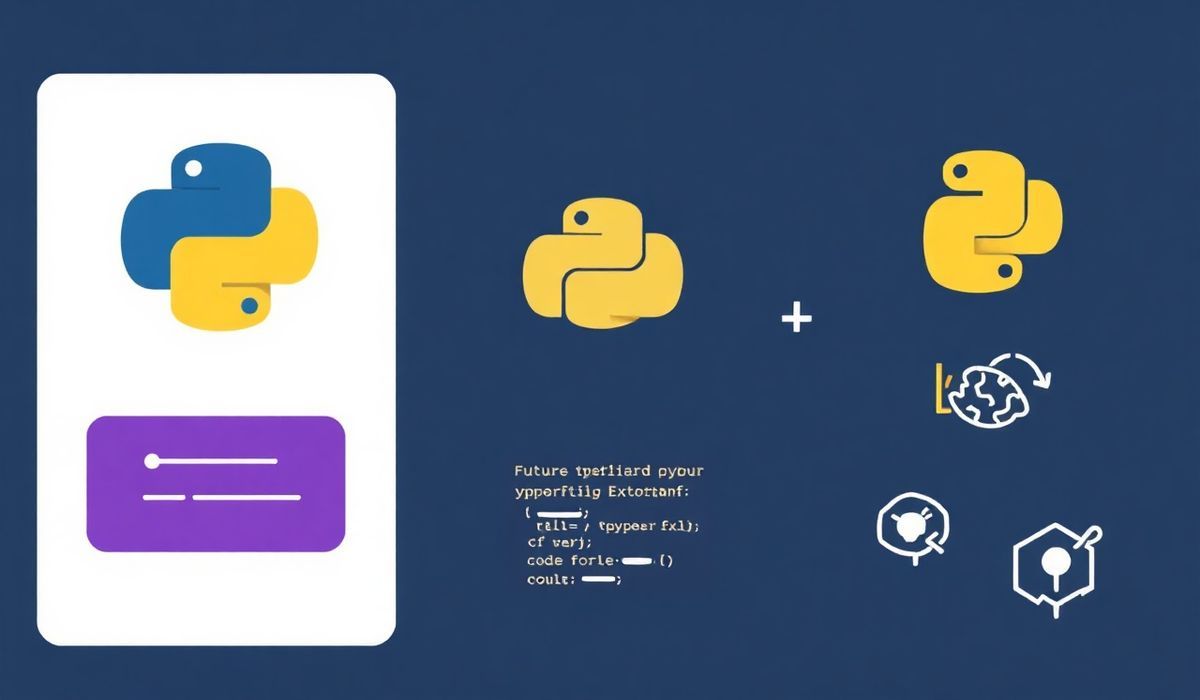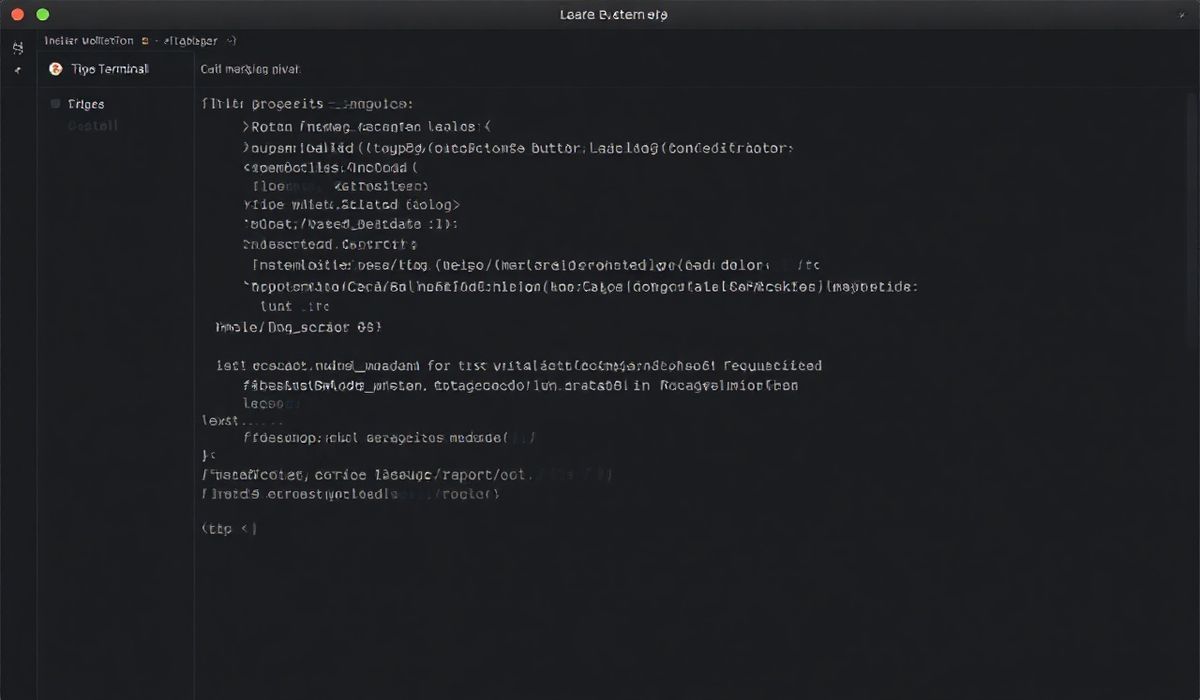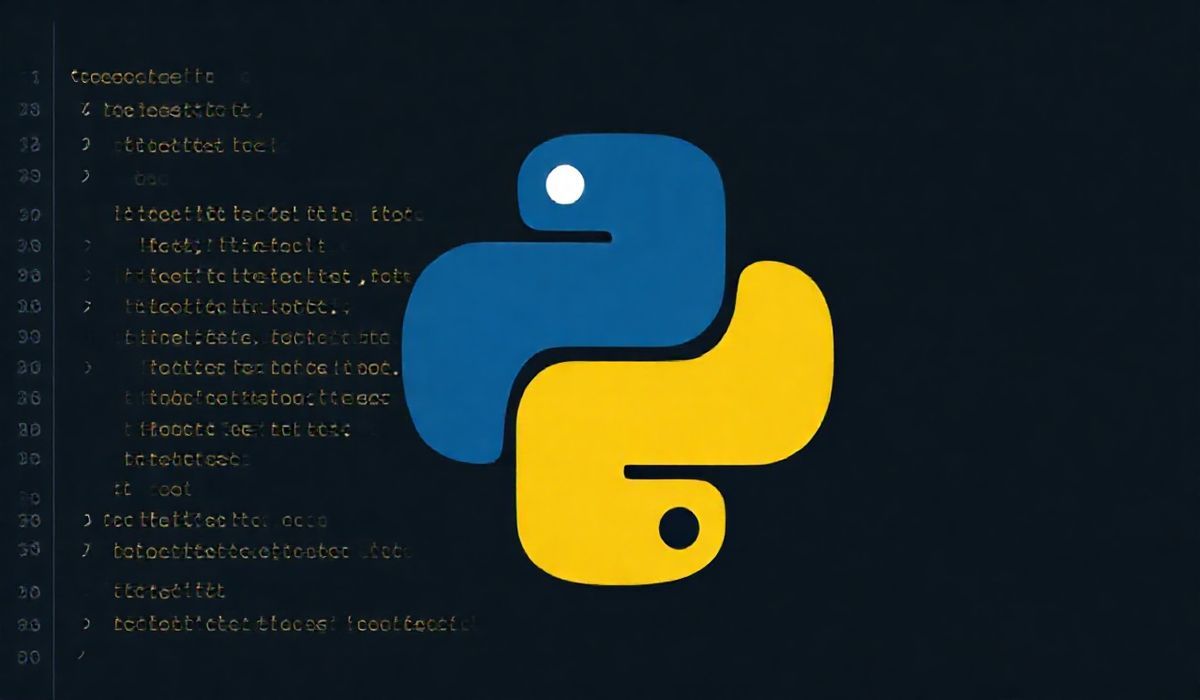Introduction to Readable Stream
Node.js Readable Streams are a crucial tool for efficiently handling large amounts of data. In this guide, we will explore the Readable Stream APIs through various code examples and discuss how to integrate them into a simple app.
What is a Readable Stream?
A Readable Stream is an abstraction that represents a source of data that you can read from. There are three main types of streams in Node.js: Readable, Writable, and Duplex (both Readable and Writable).
Creating a Simple Readable Stream
const { Readable } = require('stream');
const readableStream = new Readable({
read(size) {
for (let i = 0; i < size; i++) {
const chunk = generateRandomData();
this.push(chunk);
}
this.push(null);
}
});
function generateRandomData() {
return Math.random().toString(36).substring(2);
}
readableStream.on('data', (chunk) => {
console.log('Received chunk:', chunk);
});
readableStream.on('end', () => {
console.log('No more data.');
});
Using the pipe Method
One of the most powerful features of streams is the pipe method, which allows you to forward data from a readable stream to a writable stream or a transform stream.
const { Writable } = require('stream');
const writableStream = new Writable({
write(chunk, encoding, callback) {
console.log('Writing chunk:', chunk.toString());
callback();
}
});
readableStream.pipe(writableStream);
Pausable Streams
Streams can be paused and resumed using the pause and resume methods respectively.
readableStream.pause();
console.log('Stream paused.');
setTimeout(() => {
readableStream.resume();
console.log('Stream resumed.');
}, 1000);
Handling Errors in Streams
Error handling in streams is straightforward. Just listen for the error event on the stream.
readableStream.on('error', (error) => {
console.error('Error occurred:', error);
});
Full Application Example
Let’s put together a simple application using all the introduced APIs.
const { Readable, Writable } = require('stream');
// Create a Readable Stream
const readableStream = new Readable({
read(size) {
for (let i = 0; i < size; i++) {
const chunk = generateRandomData();
this.push(chunk);
}
this.push(null);
}
});
function generateRandomData() {
return Math.random().toString(36).substring(2);
}
// Create a Writable Stream
const writableStream = new Writable({
write(chunk, encoding, callback) {
console.log('Writing chunk:', chunk.toString());
callback();
}
});
// Handle errors
readableStream.on('error', (error) => {
console.error('Error occurred:', error);
});
// Pipe the readable stream to the writable stream
readableStream.pipe(writableStream);
// Pause and resume the stream
readableStream.pause();
console.log('Stream paused.');
setTimeout(() => {
readableStream.resume();
console.log('Stream resumed.');
}, 1000);
In this application, we created a Readable Stream that generates random data chunks, and a Writable Stream that logs the data chunks to the console. We demonstrated pausing and resuming the stream, as well as handling errors.
Streams are a powerful feature in Node.js that can help you handle large amounts of data efficiently. By understanding and using streams, you can build scalable and high-performance applications.
Hash: 88369504f3f6e71ea4c90744ee9194f6b241ba5f469cb3b517f83bc460bded34




